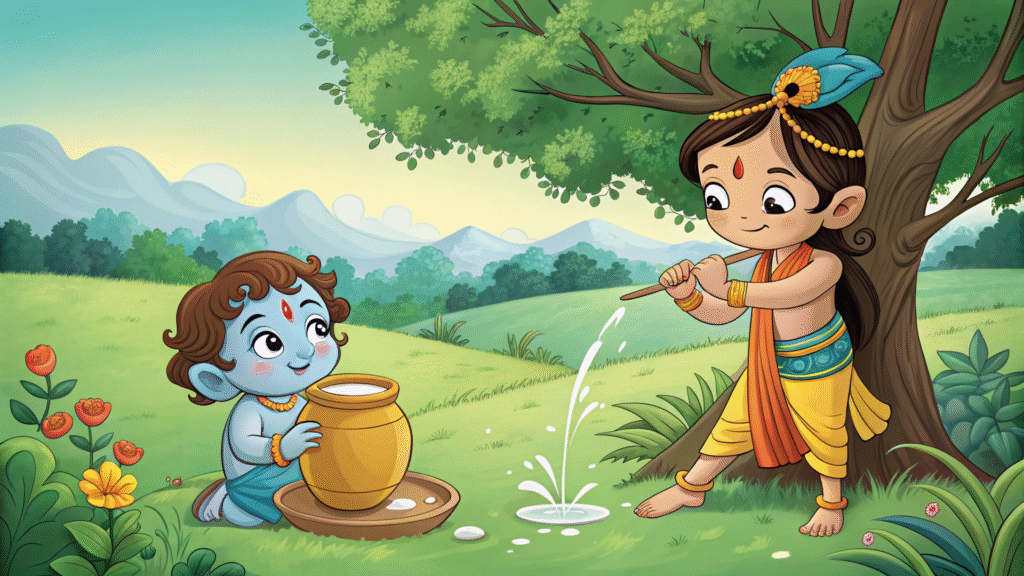
The Bhagavad Gita is not just an ancient scripture—it is a guidebook for modern living. It is about clarity amidst chaos, balance amidst extremes, and purpose amidst uncertainty.
On this Janmashtami, let’s revisit some timeless verses of the Gita—and see how they apply in our modern, stressful lives.
1. Clarity in Chaos
“When your mind is bewildered by conflicting ideas, you will stand firm only when you surrender to clarity within yourself.” (BG 2.52)
📌 Modern day example: A manager is asked to cut costs while maintaining team morale. Conflicting pressures—numbers vs. people—cause paralysis. The Gita reminds us that clarity doesn’t come from outside but from aligning with one’s values. When decisions come from inner clarity, execution becomes confident, even if the situation remains complex.
2. Detachment from Outcomes
“You have the right to perform your duty, but not to the fruits of your actions.” (BG 2.47)
📌 Modern day example: An entrepreneur launches a product after months of hard work. Despite best efforts, the market response is lukewarm. Instead of being crushed, the Gita advises focusing on the process of creation and learning, not just the immediate outcome. This mindset builds resilience for the next attempt.
3. Balance in Success and Failure
“Be steadfast in success and failure. Such evenness of mind is called Yoga.” (BG 2.48)
📌 Modern day example: A salesperson closes a big deal one quarter and misses targets the next. If joy or despair dictates energy, performance fluctuates wildly. The Gita suggests cultivating evenness—celebrating wins modestly and treating setbacks as feedback. That consistency builds sustainable growth.
4. Action over Inaction
“Even the maintenance of your body would not be possible if you remain inactive.” (BG 3.8)
📌 Modern day example: A student fears failure in an exam and avoids studying, convincing themselves “it’s too late anyway.” But inaction guarantees failure. The Gita’s wisdom is clear: choose action over paralysis. Even imperfect steps forward are better than standing still.
5. Mastery Over Self
“For one who has conquered the mind, it is the best friend; for one who has failed to do so, the mind will remain the greatest enemy.” (BG 6.6)
📌 Modern day example: In the age of constant notifications, social media, and endless scrolling, distraction has become our greatest enemy. Those who master their attention—by setting boundaries, practicing focus, or cultivating mindfulness—find their mind becoming an ally rather than a saboteur.
🌱 Why It Matters Today
The Gita is not about religion—it is about resilience and self-leadership. In an age of pressure and uncertainty, its verses read like strategies for clarity, courage, and balance.
On this Janmashtami, the real celebration could be asking ourselves:
- 👉 Am I choosing clarity over confusion?
- 👉 Am I focusing on effort more than results?
- 👉 Am I balanced in success and failure?
- 👉 Am I acting instead of avoiding?
- 👉 Am I mastering my mind—or is it mastering me?
Because the true battlefield is not Kurukshetra—it is everyday life.
✨ Closing Thought:
The Gita is not a story of war, but a story of inner mastery. It teaches us to be the calm in the storm, the clarity in the chaos, and the strength in the struggle.
📖 If this perspective resonates with you, I’ve explored these ideas in depth in my book, The Corporate Arjuna—a modern playbook on how the Gita’s wisdom can shape confident, purpose-driven leadership in today’s world.